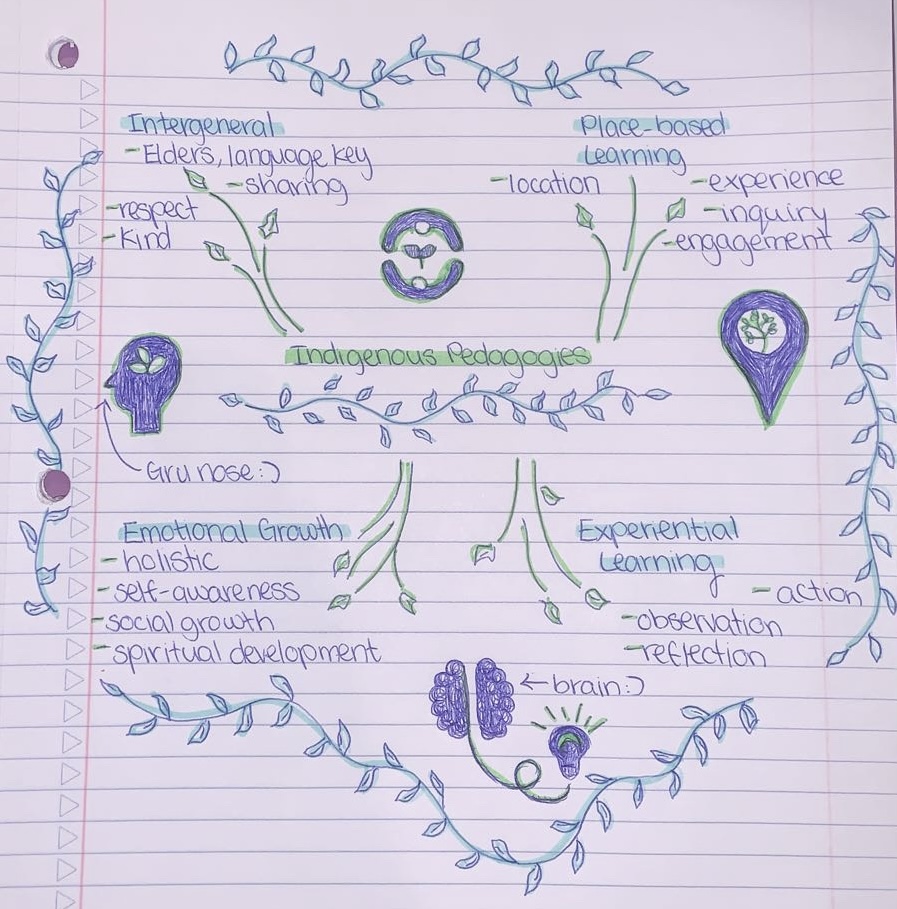After this week’s class, I’m feeling a bit lost and am finding it hard to understand the differences and similarities between the SAMR & TPACK technology models. So for this reflection blog post, I’ve decided to do a bit more research and try to find out what’s going on! The website HeyHi (https://blog.heyhi.sg/comparison-of-tpack-vs-samr-model-which-one-is-better/) has clarified things quite a bit for me. Their examples of TPACK & SAMR in practice were especially helpful! I’ve included a list of their examples that I pulled out and that I think provide some good ideas.
“TPACK in practice will demonstrate the seamless integration of technological, pedagogical, and content knowledge. Here are some examples of TPACK in practice:
- The use of an interactive whiteboard and online resources to teach a lesson on the geography and culture of different countries.
- The use of an online discussion forum to facilitate class discussions and evaluate student understanding of assigned texts.
- The use of a digital audio workstation and software to teach music composition and production.
- The use of a language learning app and augmented reality to simulate real-world language use scenarios.” (HeyHi)
“SAMR in practice will analyze the extent of technology integration in the classroom. Here are some examples of SAMR in practice:
- The use of a 3D printer to create models of molecules for students to examine, showing the substitution level of technology integration.
- The use of an online game allows students to play individually, in pairs, or small groups, showing the augmentation level of technology integration.
- The use of an online museum exhibit demonstrating the modification level of technology integration.
- The use of a digital writing project that integrates multimedia elements and uses peer review tools, showing the redefinition level of technology integration.
- The use of virtual reality to create immersive learning experiences in social studies class, allowing students to travel back in time and experience historical events, demonstrating the redefinition level of technology integration.” (HeyHi)
Image credits: SAMR model, illustrated by Sylvia Duckworth & TPACK Model by Punya Mishra & Matthew J. Koehler
In addition to these examples, I could use platforms (though I’m not sure which ones yet) to gather student feedback and assess student understanding. TPACK could then help me adjust my tech choices/lesson based on student needs and responses. In addition to HeyHi’s examples of TPACK and SAMR in practice, I also found a lot of value in the Challenges & Advantages [of TPACK & SAMR] Application section of the website.
Advantages of TPACK and SAMR Applications:
- Improved Learning Outcomes
- Increased Student Engagement
- Access to a Wider Range of Resources
- Better collaboration
Challenges of TPACK and SAMR Applications:
- Cost
- Teacher training
- Technology dependence
- Resistance to change
Anyways, I think my extra little research has really helped me this week 🙂 Another topic that we touched on was sketch-noting! I don’t have too much practice with sketch-noting for education purposes… although I like to draw and have been known to doodle while in lecture. It was super interesting and I’m glad that we spent some time exploring it! I’m excited to use sketch-noting with my future students as a note taking/comprehension activity. I think that using shapes, text, and images to virtually summarize and connect ideas is fabulous brain-based learning practice. Sketch-noting can also serve as an effective tool for oral language and reading comprehension. After listening to a Ted Talk or reading a chapter of a book, I could ask students to summarize their understanding through sketch-notes. They could draw key concepts and themes, highlight important terms, and create visual connections. Sketch-noting could also be done collaboratively; students could create a sketch-note on a poster paper or digital platform (which could encourage teamwork and discussion). By incorporating sketch-noting into my lesson plans, I hope to make learning more interactive and help my students develop skills in visual thinking, summarization, and creativity.
I’ve included the sketch-note that I worked on during this week’s class!
